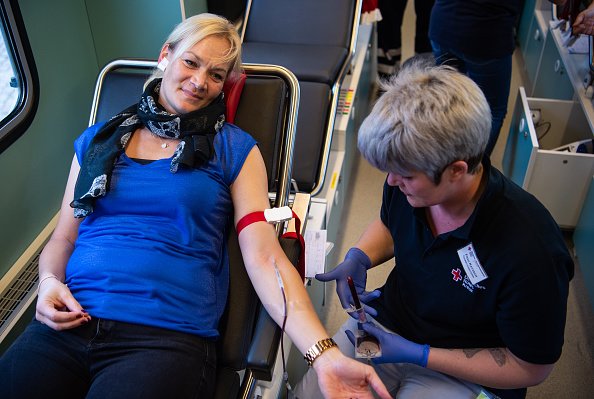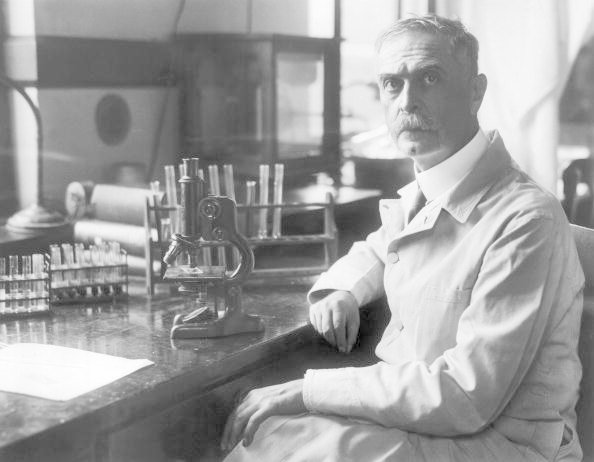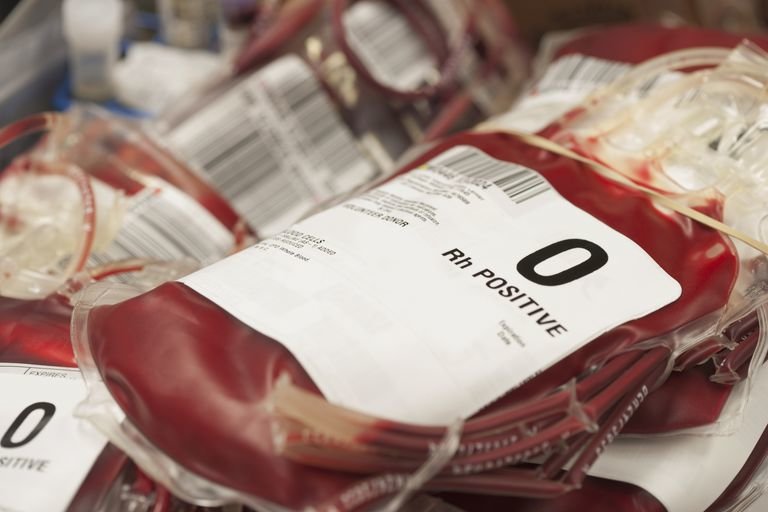We’ve come a long way from infusing lamb’s blood and cow’s milk. Almost 7 million people donate blood in the US annually. The process is the easiest way a person can save another’s life. But what do we give when we share our blood?

The History of Healing
In 1818, James Blundell, an obstetrician felt helpless at the sight of countless deaths resulting from childbirth, so much so that he decided to offer his blood. This was the first recorded history of blood donation, borne of desperation, rather than scientific purposes. These were the earliest days of blood transfer. Further experiments show some infusing cow’s milk and lamb’s blood and, of course, many of these attempts failed. In 1878, injecting milk in human blood was described as “imitating nature very closely in one of her most simply physiological processes.” This was written by scientist T.G Thomas for the New York Journal of Medicine.
What Landsteiner Discovered
In 1901, Karl Landsteiner observed that, just as in animals, foreign bodies were broken down by hemoglobin as it entered our bloodstream. Failed blood transfers caused negative reactions like jaundice, and this discovery attracted strong interest in the scientific community.

In 1909, Landsteiner was able to classify human blood into groups: A, B, AB, and O, 2 years after his work was referenced in a successful blood transfusion. His work took off following this discovery, and in 1937, he discovered the Rhesus Factor in all blood types, negative or positive. Landsteiner’s discoveries were vital to how blood transfusion is practiced today.
What Are Blood Types?
Karl Landsteiner was able to give us a basic understanding about antigens and its chemical structure in simplest terms, thanks to the help of scientists like Elvin Kabat. All blood types have antigens and every individual has one’s own unique antigen composition. Antigens are bound by antibodies, and they alert the immune system against an attack by a foreign body.

The 4 blood types (major) are decided whether they have 2 antigens or not (A and B), which have a Rhesus (Rh) Factor (positive or negative), leading to the common types of blood: A+, A-, B+, B-, AB, O-, O+, AB+, and AB-. There are more than 600 types of antigens. It is noteworthy that some people don’t even have an Rh charge.
What’s My Blood Type?
You can always purchase a kit via Amazon to determine your blood type. You may also ask your family doctor who may have drawn your blood in the past, or, you may simply donate blood to find out what your blood type is. Expect the details to be mailed to your address in a few weeks.